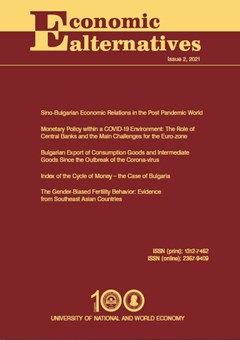Frankel and Rose’s Introduction to the Endogeneity of Optimality: A Model Limited to the European Monetary Experience
Author: Alban Mathieu
Abstract
This article discusses Frankel and Rose’s (1997, 1998) introduction to endogeneity, which was the result of scrutinizing the optimal currency area (OCA) theory through the evaluative lens of European monetary integration and unification in the 1990s. It cannot be generalized to another monetary union. The development of endogeneity interrelates five different criteria (common currency; transaction costs; commercial integration; economic convergence; and diversification of production) to argue that the introduction of a common currency leads to economic convergence among the participating countries. Frankel and Rose’s choice of analytic criteria arises from empirical studies on European monetary unification, following the OCA framework. The empirical studies found to have influenced the authors can be divided into three themes: the microeconomic benefits of a common currency; the optimality of European countries; and adjustment mechanisms. However, as shown by the selection of certain criteria, the influence of the Emerson report (1990), and the price-stability orientation of fiscal and monetary policies, their proposal only works within the monetary and economic conditions of the future eurozone area.

